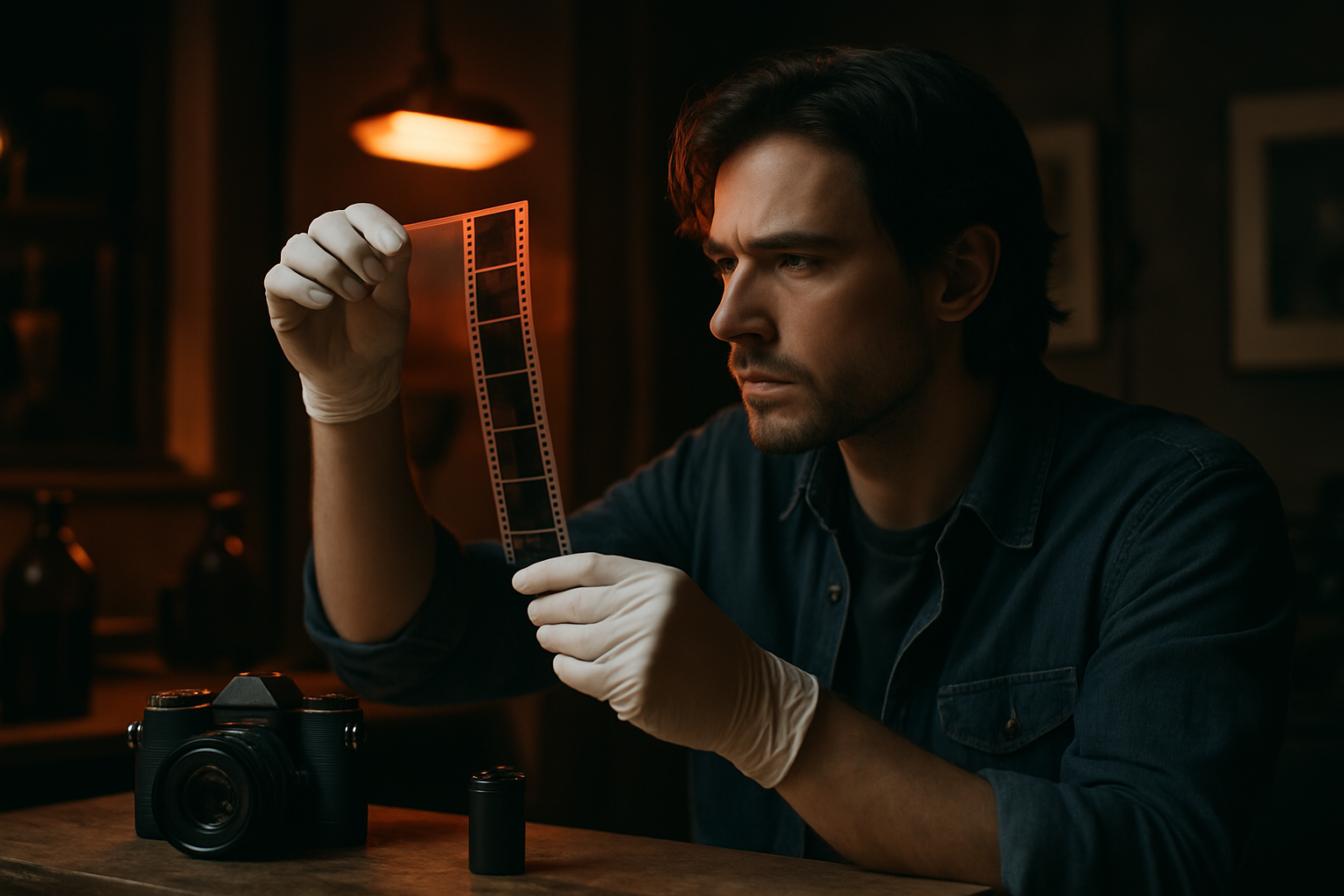The Resurgence of Analog Photography in the Digital Age
In an era dominated by digital technology, a surprising trend has emerged in the world of photography. Analog photography, once thought to be obsolete, is experiencing a remarkable revival. This resurgence is not merely a nostalgic nod to the past, but a deliberate artistic choice that is reshaping the landscape of contemporary visual arts. From professional photographers to hobbyists, many are rediscovering the unique qualities and creative possibilities offered by film cameras and traditional darkroom processes.

The Aesthetic Appeal of Film
One of the primary drivers behind the analog revival is the distinctive aesthetic that film photography offers. The grain, color rendition, and tonal range of film create a look that many find more organic and pleasing than digital images. Film’s ability to capture light and color in ways that digital sensors cannot has led to a renewed appreciation for its unique visual qualities. This aesthetic has become so sought-after that numerous digital filters and presets have been created to mimic the look of film, further cementing its influence on contemporary visual culture.
The Process as Art
For many practitioners, the allure of analog photography lies not just in the final image, but in the process itself. The deliberate, methodical nature of working with film – from loading the camera to developing the negatives – encourages a more thoughtful approach to image-making. This slower, more intentional process has resonated with photographers seeking to reconnect with the craft of photography. The darkroom, once a staple of photographic practice, has also seen a revival, with many photographers finding creative fulfillment in the hands-on process of printing their own work.
A New Generation Discovers Film
Interestingly, the analog revival is not solely driven by those with a nostalgic connection to film. A new generation of photographers, raised in the digital era, is discovering analog photography for the first time. For these young artists, film represents a novel and exciting medium, offering a tangible alternative to the ephemeral nature of digital images. This fresh perspective has led to innovative approaches to analog techniques, blending traditional methods with contemporary sensibilities.
The Impact on the Photography Industry
The resurgence of analog photography has had a significant impact on the photography industry. Film manufacturers, once on the brink of extinction, have seen a resurgence in demand. Kodak, Fujifilm, and other companies have reintroduced discontinued film stocks and even developed new ones to meet the growing market. Similarly, the market for vintage cameras and equipment has boomed, with prices for sought-after models skyrocketing. This renewed interest has also spurred the development of new analog cameras and accessories, bridging the gap between classic design and modern functionality.
Analog in the Art World
The art world has embraced the analog revival, with galleries and museums showcasing work created using traditional photographic processes. Many contemporary artists are incorporating analog techniques into their practice, often blending them with digital methods to create unique hybrid works. This fusion of old and new has led to exciting developments in fine art photography, challenging conventions and expanding the boundaries of the medium.
Educational Renaissance
The resurgence of analog photography has also had a profound impact on photographic education. Many schools and universities that had phased out film photography courses have reintroduced them, recognizing the value of understanding these foundational techniques. Workshops and community darkrooms have sprung up in cities around the world, providing opportunities for enthusiasts to learn and practice analog methods. This educational renaissance has helped ensure that the knowledge and skills associated with film photography are passed on to future generations.
Environmental Considerations
While the analog revival has been celebrated by many, it has also raised questions about its environmental impact. The chemical processes involved in film development and printing have come under scrutiny in an increasingly eco-conscious world. In response, many practitioners and manufacturers are exploring more sustainable methods and materials, seeking to balance the artistic benefits of analog photography with environmental responsibility.
The Future of Analog in a Digital World
As we look to the future, it’s clear that analog photography has secured its place alongside digital in the contemporary photographic landscape. Rather than being seen as mutually exclusive, many photographers are embracing both analog and digital methods, choosing the most appropriate tool for each project. This coexistence suggests a future where the boundaries between analog and digital continue to blur, leading to new forms of artistic expression and technological innovation.
The resurgence of analog photography in the digital age represents more than just a trend; it’s a testament to the enduring power and allure of traditional photographic processes. As artists and enthusiasts continue to explore the unique possibilities offered by film, we can expect to see further innovations and creative breakthroughs in this timeless medium. The analog revival has not only preserved a vital part of photographic history but has also opened up new avenues for artistic expression in the 21st century.





